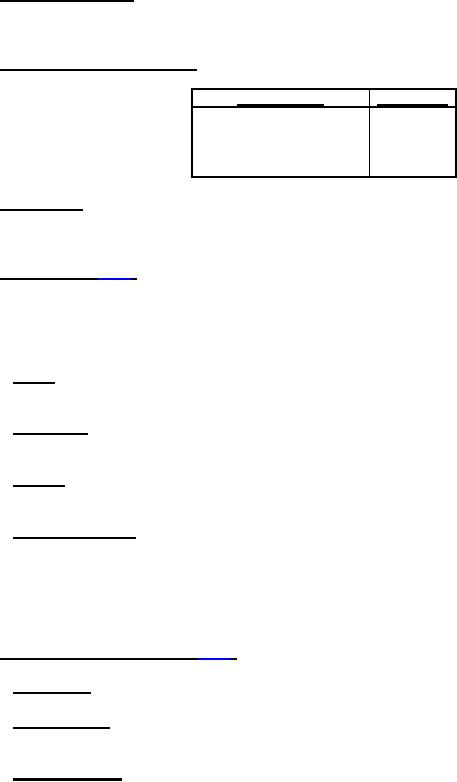
MIL-DTL-9177C
3.1 Specification sheets. The individual item requirements shall be as specified herein and in accordance
with the applicable specification sheet. In the event of any conflict between the requirements of this
specification and the specification sheet, the latter shall govern.
3.2 Classification of requirements. The requirements for the connectors are classified herein as follows:
Requirement
Paragraph
Qualification
Materials
Design and construction
Performance
3.3 Qualification. Connectors furnished under this specification shall be products that are manufactured
by a manufacturer authorized by the qualifying activity for listing on the applicable qualified manufacturers
list before contract award (see 4.4 and 6.4).
3.4 Materials (see 4.6.1). The materials shall be as specified herein (see 3.1), when a definite material is
not specified, a material shall be used which will enable the connector to meet the performance
requirements of this specification. Materials used in the construction of these connectors shall be fungus
inert. Acceptance or approval of any constituent material shall not be construed as a guaranty of the
acceptance of the finished product.
3.4.1 Shells. Unless otherwise specified (see 3.1), shells shall be plastic or optional materials shown on
the applicable specification sheet.
3.4.2 Metal parts. All metal parts shall be of corrosion-resistant material or shall be plated to resist
corrosion, to permit compliance with the salt spray requirements of 3.6.12.
3.4.3 Springs. Contact springs shall be nickel-silver or copper alloy. Copper alloy springs shall be
suitably plated to prevent corrosion of the base metal.
3.4.4 Insulating material. The insulating material between the contact of the connector shall be of such
quality and workmanship that it does not chip, crack, or deteriorate under service conditions encountered
in military usage. The heat resulting from soldering a conductor to or unsoldering a conductor from the
contact terminals shall not cause a reduction in contact-spring pressure, deterioration of insulation
material, or loosening of any other connections that were made during the fabrication of the connector
(see 6.1.1).
3.5 Design and construction (see 4.6.1).
3.5.1 Connectors. Connectors shall be of the design and construction specified (see 3.1).
3.5.2 Screw threads. Screw threads on removable or replaceable threaded parts shall be in accordance
with FED-STD-H28.
3.5.3 Solder terminals. The solder terminal for each contact shall be tinned and so shaped and located
that a mechanical connection can be conveniently made with the stranded conductor of electrical cord
WF-14/U in accordance with MIL-DTL-5898 before the solder connection is made. The exposed parts of
the terminals shall be hot-tie-dipped or hot-solder-dipped to facilitate soldering. Care shall be taken that
the terminal lug holes are not closed by the solder. When solder-dipping is employed, only noncorrosive
fluxes shall be used. The size of each terminal shall be such as to accommodate two conductors of
electrical cord WF-14/U in accordance with MIL-DTL-5898. Bright tin plate over nickel plate on contact
springs may be used in lieu of hot-tin-dip of terminal ends of contact springs. Between each contact and
its corresponding terminal, there shall be no connections depending solely on the mechanical pressure
between metal parts for electrical continuity. There shall be no connections depending upon soft solder
for mechanical strength.
3
For Parts Inquires submit RFQ to Parts Hangar, Inc.
© Copyright 2015 Integrated Publishing, Inc.
A Service Disabled Veteran Owned Small Business